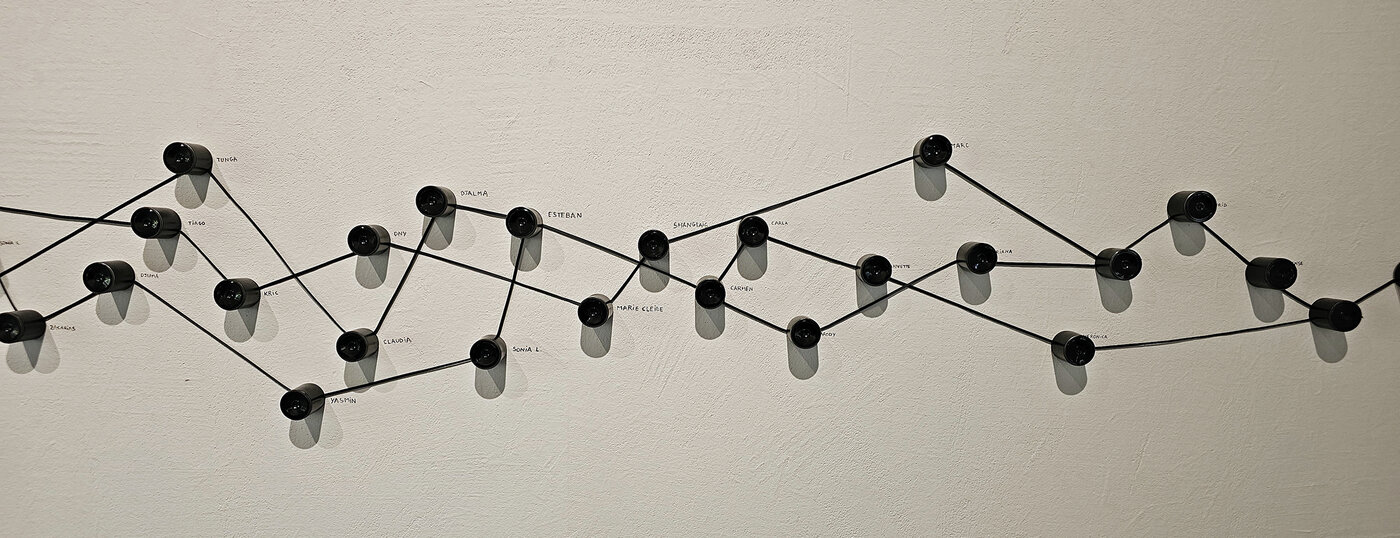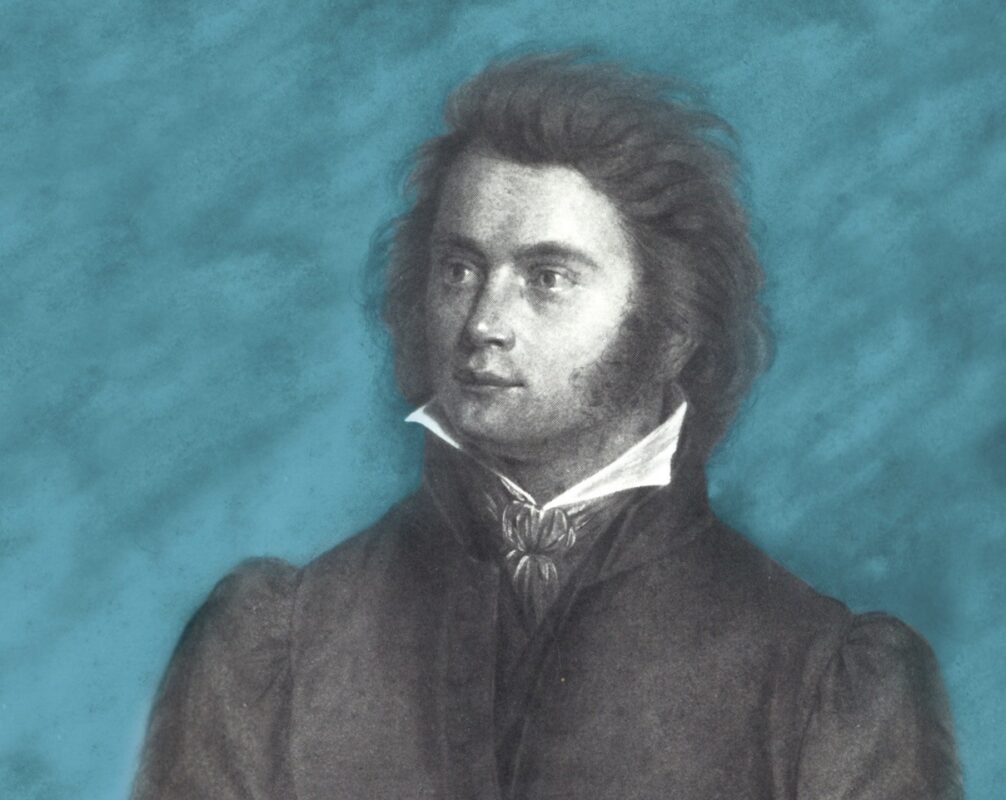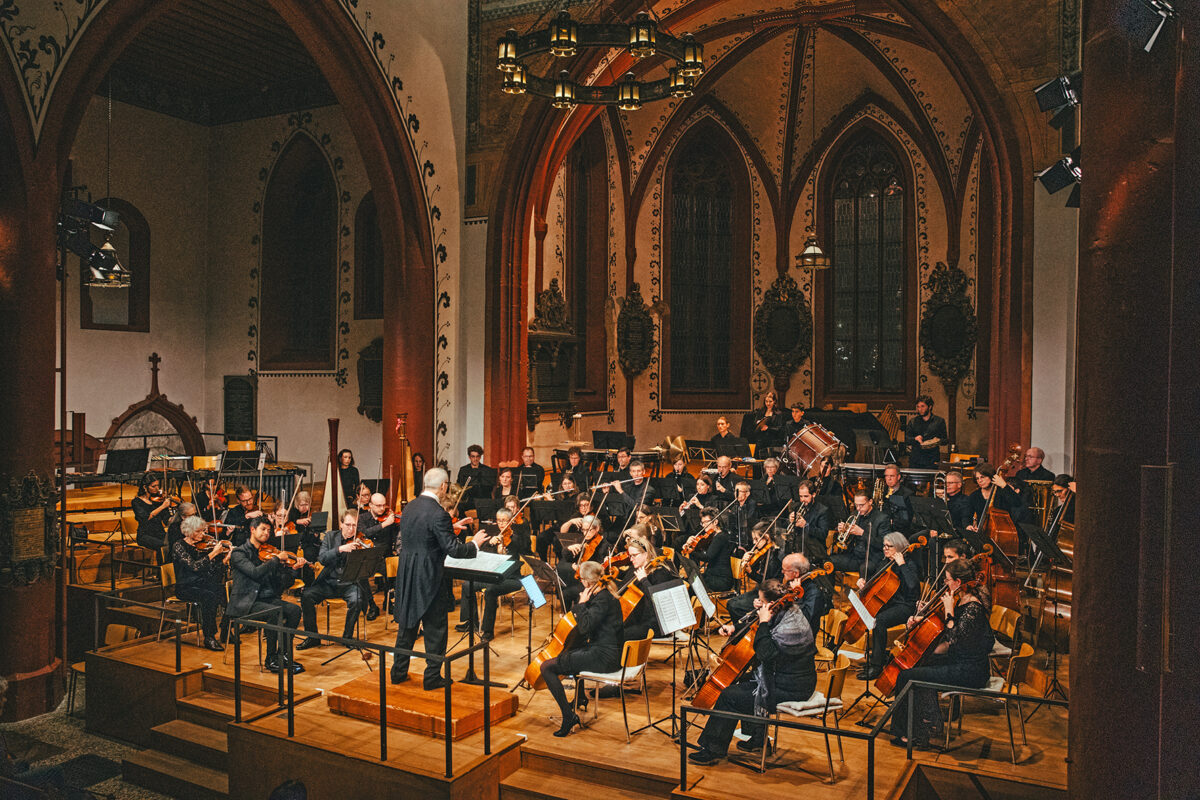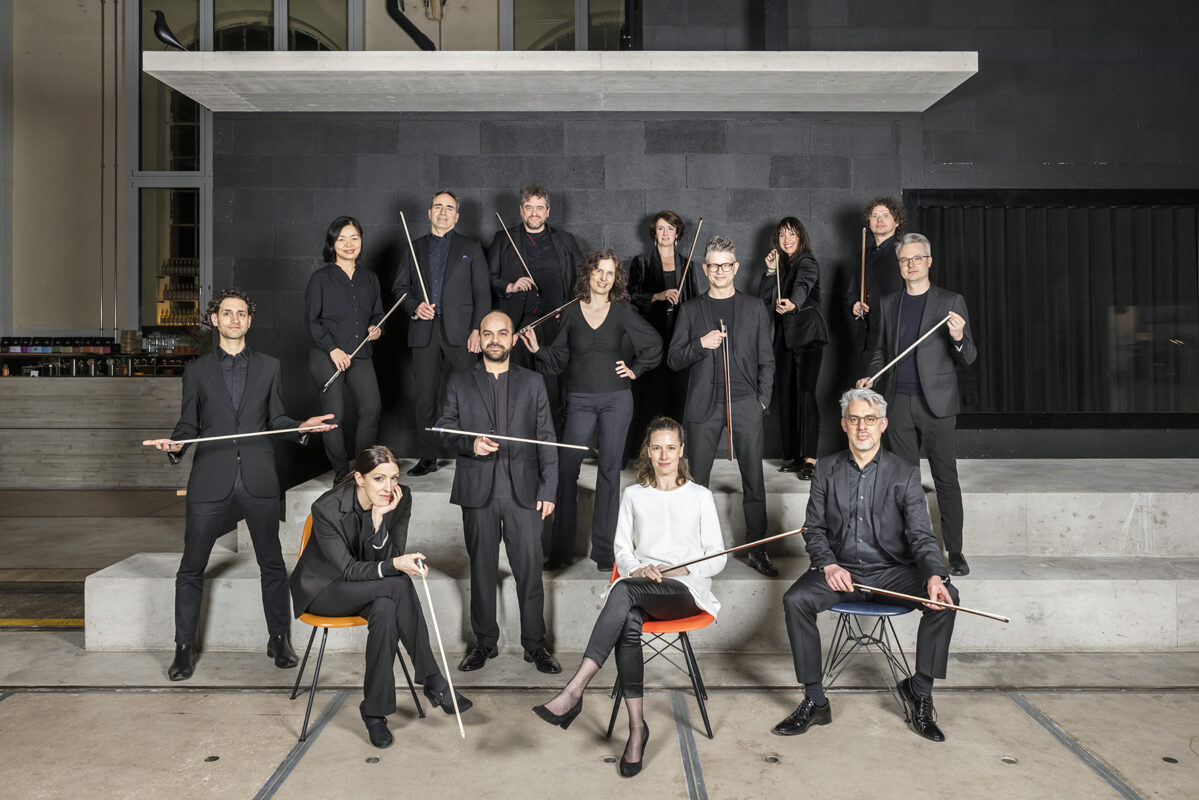In the labyrinth of labyrinths
Where the world has become confusing, art can also be staged in the same way: as organized confusion. Report from the Donaueschingen Music Days in 2025.

Six vocalists and a violist tell us something, in a suggestive and purely musical way. Without any comprehensible words, this music could seemingly run through time forever, but sometimes it does speak, of love and loyalty and the like. This is nothing new, but it forms a rich network of relationships in the mind. "The listeners have the freedom to make their own way through this labyrinth." Thus the composer Georges Aperghis, whose Tell Tales with the British vocal ensemble Exaudi and Tabea Zimmermann was the highlight of this year's Donaueschingen Music Festival. The labyrinth is wonderfully clearly formed, but we don't know where the music, this Ariadne thread, will lead us.
Turning in on itself
The labyrinth may, not for the first time, be seen as an expression of our era, in which many things have become confusing. Although we are now all networked, we are all on different strands of this network. "Everything has already been done, but not by everyone!" said music critic Eleonore Büning in her speech to mark the occasion, as Südwestrundfunk SWR has been a leading contributor to the festival for 75 years. The Anglo-Iranian turntablist Mariam Rezaei mixed concert recordings from all these decades, drawing inspiration for the organization from ancient Chinese gongshi, bizarre scholars' stones. Even such wild labyrinths of quotations require complex organization.
A labyrinth is not chaotic, but on the contrary: highly elaborate and well-structured, albeit in an unexpected way. The original labyrinth of the Cretan king Minos required the greatest master builder of the time: Daedalus. This could be traced in several pieces. In his orchestral work The deepest continuity is paradoxically that which continually restarts or renews itself the German Laure M. Hiendl incessantly played a few bars from Ralph Vaughan Williams' Seventh, with the rhythm and orchestration constantly varying. It was all clear and easy to follow so far, but as time went on, the auditory senses began to become distorted. Mirela Ivičević mixed in Red Thread Mermaid love songs from the former Yugoslavia into a nostalgically alienating collage.
In Philippe Lerouxʼs orchestral piece Paris, Banlieue the orchestra stands for the big city of Paris and the electronics for the suburbs that drive in every day. The labyrinth becomes tangible in a sensual way. The Frenchman, who lives in Montreal, received the SWR Symphony Orchestra Prize for his work.
Guided by the thread
However, we will also remember the spatial experience of the third kind that Hanna Eimermacher created in her semi-theatrical piece Aura staged. And so on: further pieces wandered through such seemingly labyrinthine worlds, with world-dividing and world-connecting themes being addressed again and again - and linked as if by Ariadne.
The cable would also be such a means of networking, a somewhat outdated but still visible one. In her sound installation Labyrinthic Explanation of Knowledge Norwegian artist Ewa Jacobsson wired up a hodgepodge of curiosities, from cute everyday objects to macabre plasticine, creating a surrealistic connection between the impossible that sounded unusual but also seemed somewhat arbitrary. For his installation, the Frenchman Félix Blume took Ao Pé Do Ouvido In Rio, he recorded conversations in which fifty people told him about their life dreams - a personal, altogether roaring polyphony of small escapes and visions, which he presented as a wired structure. The ear had to get very close to the speakers to understand anything. Here, too, it made its own way.
From the winding to the net
What was missing in Donaueschingen were the provocations with which some neo-conceptualists and discourse composers controversially brought a breath of fresh air ten years ago. That would sometimes have pulled you out of the labyrinthine rotation. Instead, most of the music here was very solidly composed. Skillful, but little new, as some criticized.
It should be noted, however, that a lively young generation has long been attending the festival. Most of the concerts were sold out. And finally, for some time now there has also been the forward-looking accompanying project "Next Generation", which is organized by the universities of Basel, Bern and Trossingen and in which students from all over the world can participate. They are introduced to the festival and new music. In a sound lab this year, some of them worked under Bernese guidance on a Composition performance of half an hour, not as a collection of individual pieces, but as a collaboration. It was a work of learners, certainly, but it was wonderful to observe how a network of listening attention for and to each other was spun in the room.








